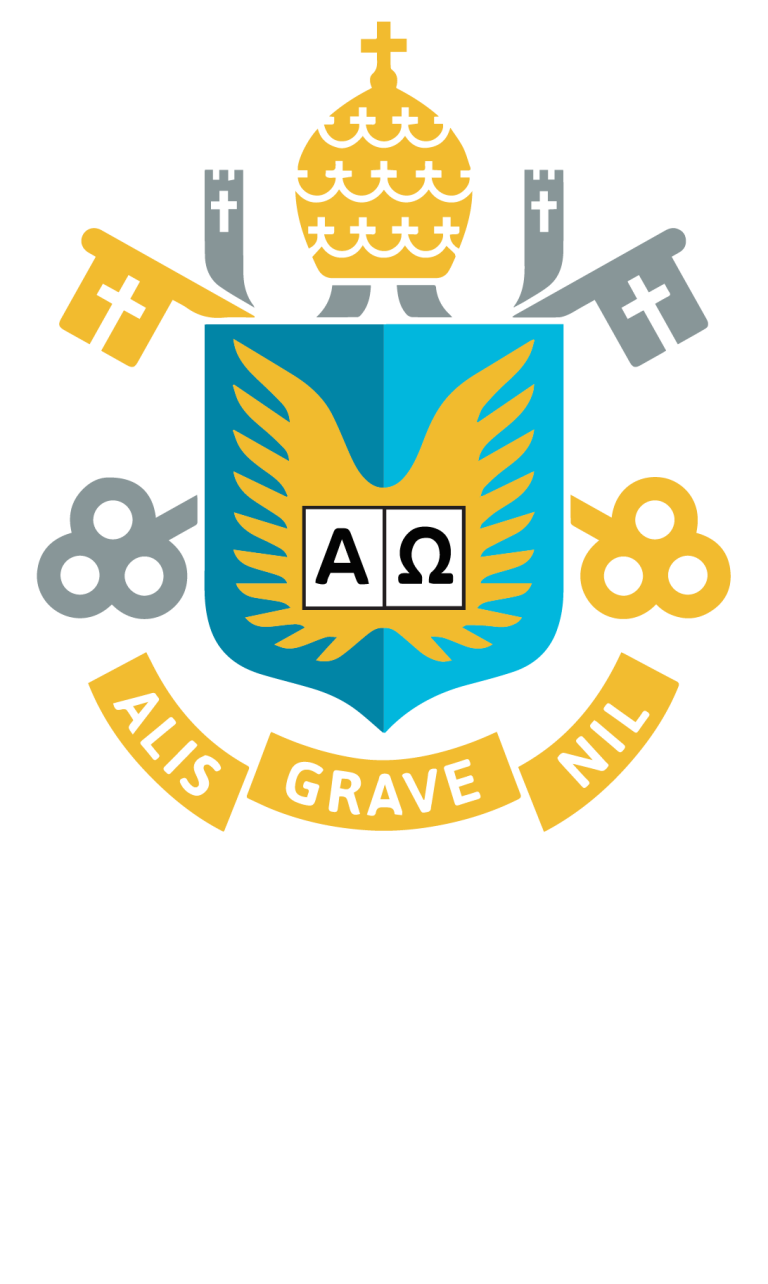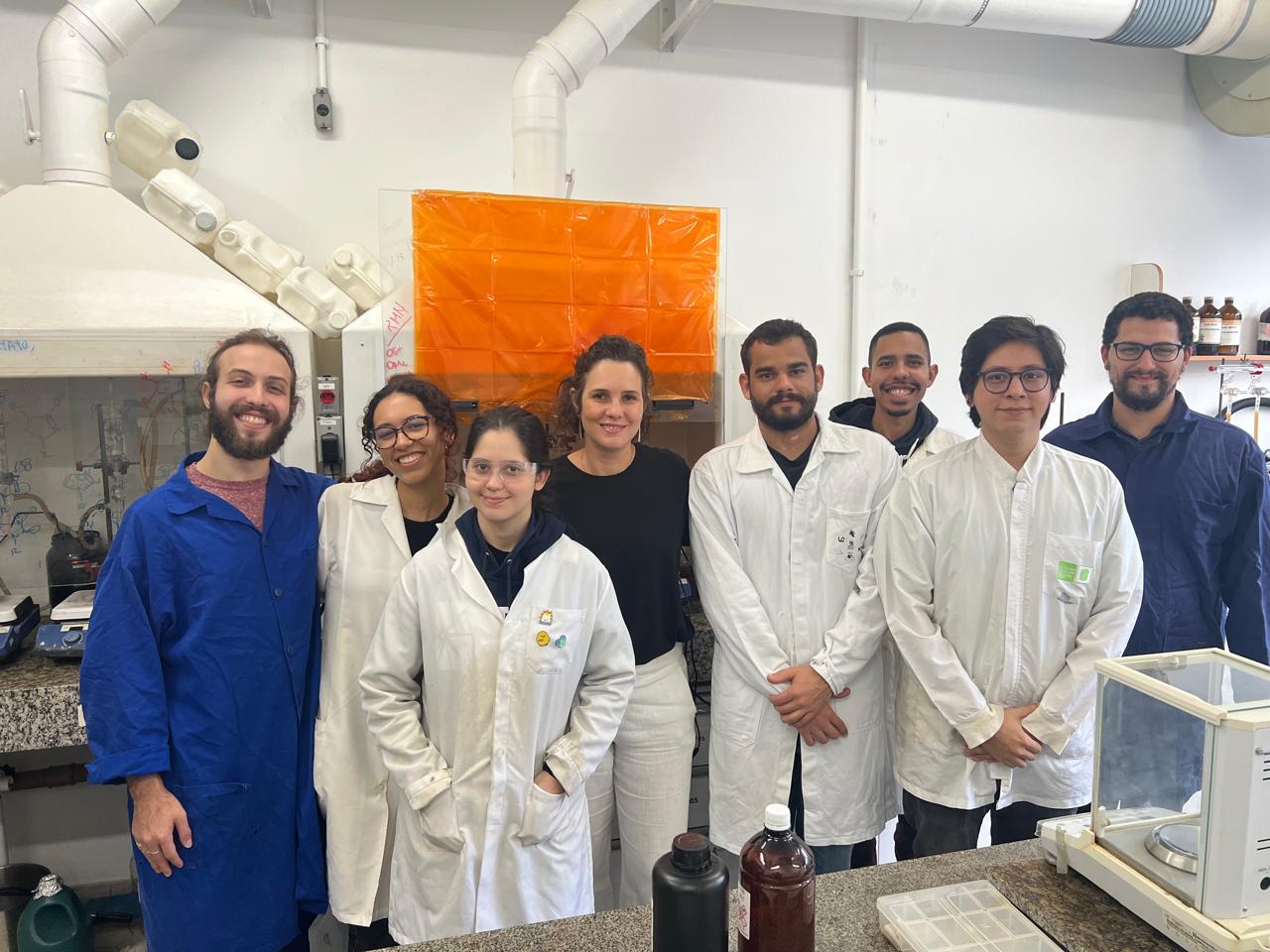Invention enables a more cost-effective synthesis route for a molecule with pharmacological potential, and companies are key to initiating in vivo testing
Text: Nayara Campos | Image: Personal archive Camilla Buarque
Cystic fibrosis is considered a rare genetic disease that can be detected through the newborn screening test. According to Brazil’s Ministry of Health, the condition affects about one in every 10,000 live births in the country. It is characterized by a cellular mutation in the CFTR protein, which regulates the movement of chloride and sodium ions across cell membranes. This leads to the excessive production of thick mucus and secretions, primarily affecting the lungs. The condition increases susceptibility to lung infections and can also affect the digestive system, intestines, pancreas, liver, kidneys, and sinuses.
Although there is no cure, treatment for cystic fibrosis is essential to improve life expectancy and quality of life for those with the disease. It was the diagnosis of her own son that motivated Dr. Camilla Buarque, coordinator of LabSint (Organic Synthesis Laboratory) and associate professor in the Department of Chemistry at the Pontifical Catholic University of Rio de Janeiro (PUC-Rio), to dedicate herself to researching alternative treatments for the condition since 2016.
The result of her research — a promising molecule for cystic fibrosis treatment — led the scientist to contact the PUC-Rio Innovation Agency (AGI/PUC-Rio) to file a patent application with the Brazilian National Institute of Industrial Property (INPI). The technology is now part of PUC-Rio’s portfolio of patents available for industrial licensing.
“We know that the pharmaceutical sector is one of the most open to establishing partnerships and licensing technologies. In the case of this molecule, the patent application is already underway, and we are currently looking for a partner to license and move forward with further development,” says Priscilla Ricci, Executive Manager of AGI/PUC-Rio. AGI is the university body responsible for protecting intellectual property and facilitating technology transfer from the university.
A Single Molecule with Pharmacological Potential and a More Affordable Synthesis Route
According to Buarque, cystic fibrosis treatments often involve high-cost medications, making the development of a more affordable drug essential to improve access to necessary care. “The drug Trikafta, which was only recently added to the SUS (Brazil’s public health system) after much advocacy from cystic fibrosis associations, is extremely expensive,” she points out. The drug combines three active ingredients with complex structures, requiring a multi-step and costly synthesis. “The molecule we’ve developed follows a much simpler synthetic route, which can make the process more affordable — that’s our main advantage,” she explains.
The invention is currently in the in vitro testing phase, with the participation of biomedical scientist Dr. Miquéias Lopes Pacheco from the Faculty of Sciences at the University of Lisbon. He is in charge of evaluating the biological activity of the compounds to test the hypothesis that the molecule can correct the CFTR gene function. “Even in the in vitro tests, we observed that the compound acts as a corrector of the CFTR gene, which means the molecule enables the gene to translate a correct protein that reaches the cell membrane,” Buarque explains.
Next Steps
To advance to the in vivo testing phase, the researcher highlights the need for investment, particularly from the private sector. “There’s a long path from a molecule to a drug. But for the next steps, we need in vivo studies, and that’s our current bottleneck — we need funding to continue testing.”
According to Buarque, the newly developed compound is slightly less potent than the commercial drug. However, the invention consists of a single molecule, while the commercial drug uses three. The research team is now working on modifications to enhance the potency of the molecule even further.
In addition to Dr. Camilla Buarque and Dr. Miquéias Lopes Pacheco, graduate students from PUC-Rio and UFRJ are also involved in the research, contributing to the synthesis of the compounds and the in vitro testing carried out in the labs and analytical centers of the participating universities.
The research has received funding from the Carlos Chagas Filho Foundation for Research Support of the State of Rio de Janeiro (FAPERJ), the National Council for Scientific and Technological Development (CNPq), the Coordination for the Improvement of Higher Education Personnel (CAPES), and the Cystic Fibrosis Foundation (CFF).
- Learn more about technology transfer and licensing opportunities: https://www.agi.puc-rio.br/empresas
- Explore more technologies available for licensing at PUC-Rio’s Technology Showcase: https://www.agi.puc-rio.br/vitrine-tecnologica/


